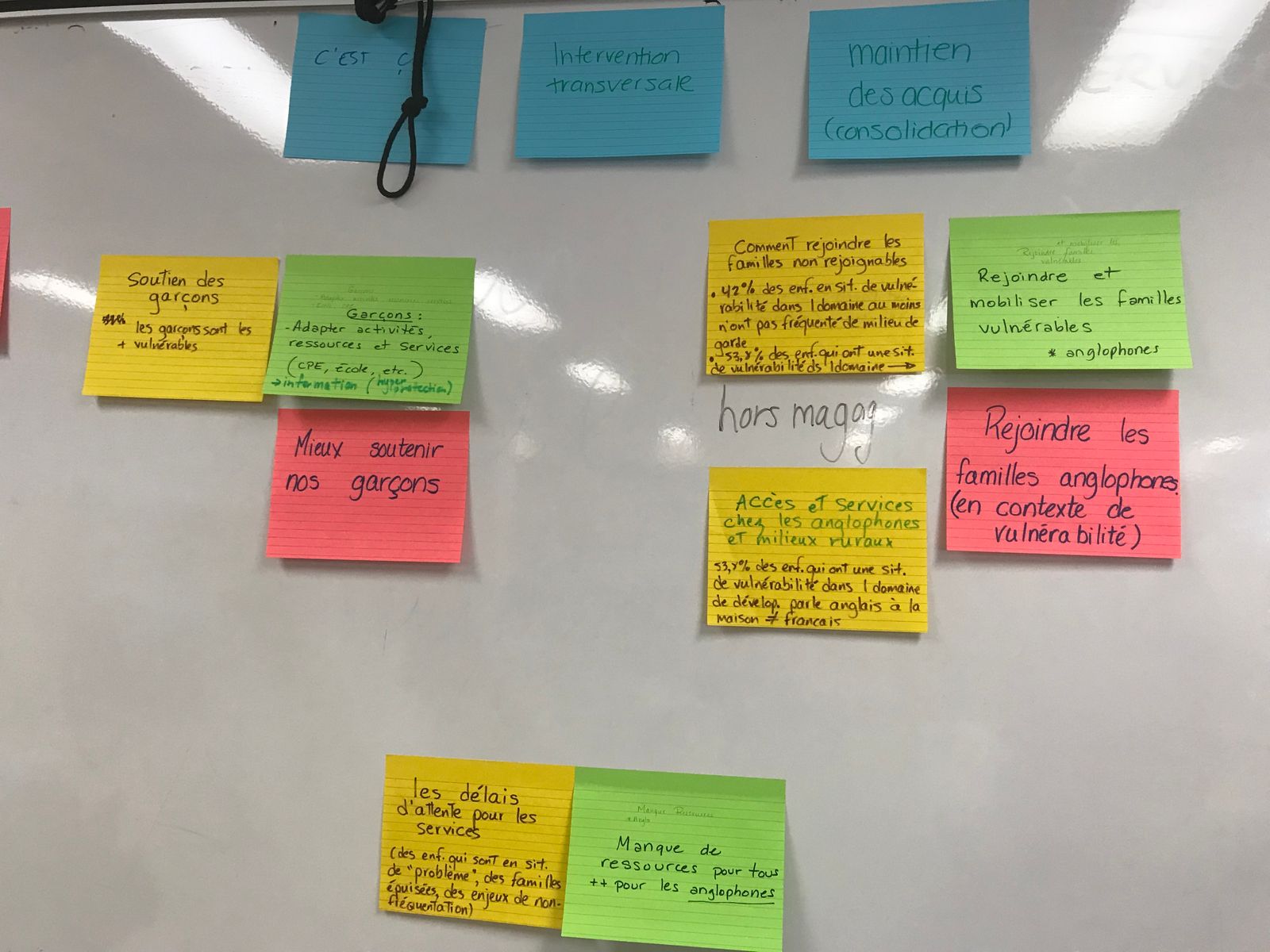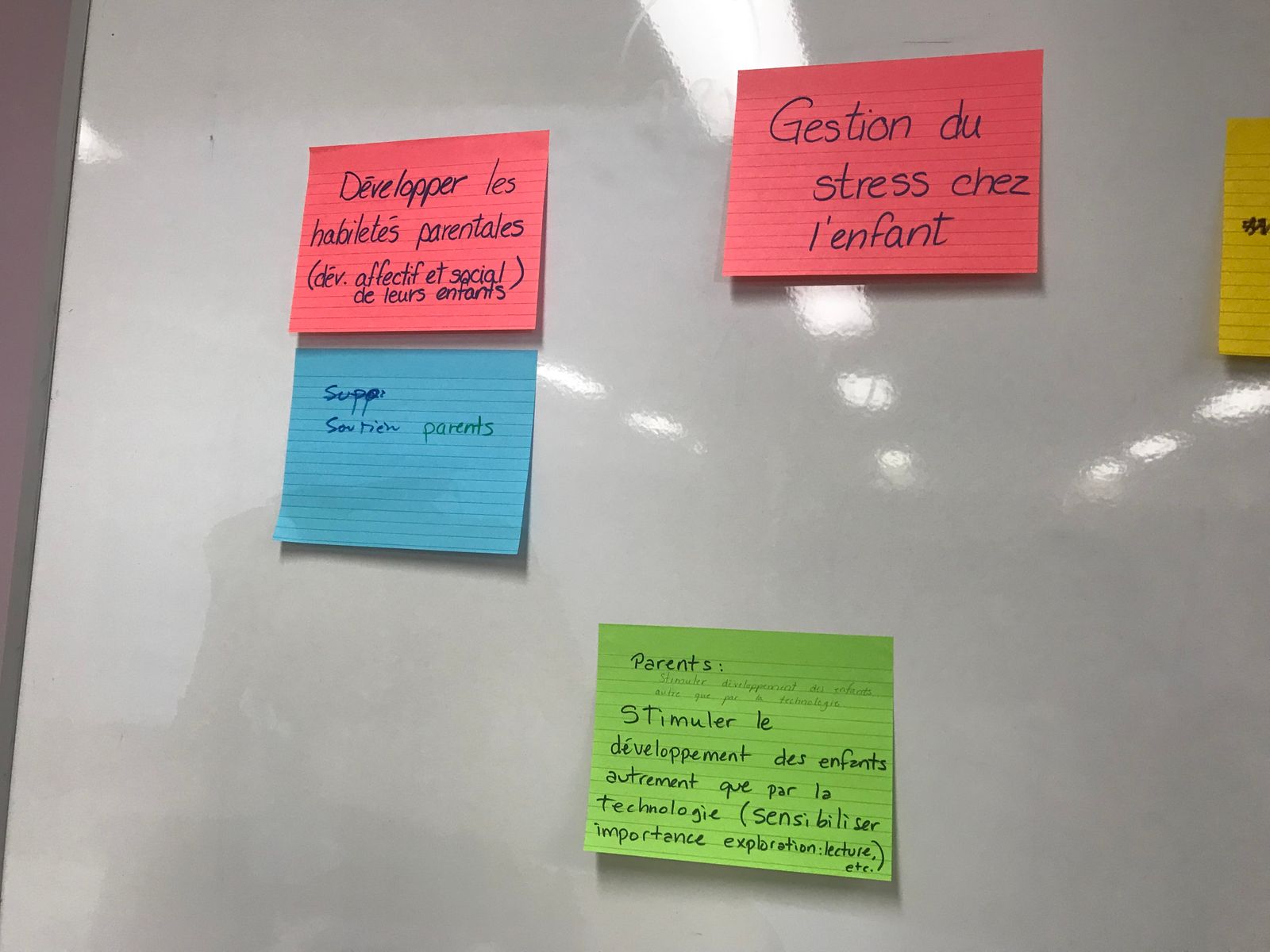The results of the Quebec Survey of Child Development in Kindergarten (EQDEM) and the issues identified in Memphremagog
During the Partner Meeting last April 1st, the results of the Quebec Survey of Child Development in Kindergarten (QSCDK) were shared with some thirty local stakeholders. For the occasion, support workers from every organization, as well as members of the Socio-Economic Youth Table, were invited.
Within our territory, the QSCDK was conducted among 450 children enrolled in kindergarten in 2017. About 125 of them, or 28.4%, were found to be vulnerable in at least one developmental domain. This proportion is similar to that in Quebec.
While the level of vulnerability increased several times in Estrie and Quebec between 2012 and 2017, the situation is considered stable in Memphremagog (31.9% of children were vulnerable in at least one developmental domain in 2012).
However, the situation is of concern for various subgroups. The proportion of children who are vulnerable in at least one developmental domain is significantly higher among boys, children under the age of six, children whose mother tongue isn’t French, those who didn’t attend a daycare service before starting school, who live in a disadvantaged area and who reside outside Magog, the city centre. The situation is of special concern for children who have English, but not French, as their mother tongue: 58.8% of these children are vulnerable in at least one domain.
Following a detailed presentation of the results, and a mapping exercise of existing services, the partners reflected together on which major issues should get priority in our territory. The discussions allowed us to clearly identify the following issues:
- Access to services and types of services for Anglophones
- Access to services and types of services for families living in rural areas
- The importance of better support for boys and, in general, for children who need to be more active by adapting services, resources and activities and by working on the issue of hyper protection.
- The difficulty in reaching and mobilizing families who have not been reached, especially vulnerable families and Anglophones
- Stress management for children and their parents
- Support for parents so they can first develop their parental skills and, second, stimulate their child’s development in a way that doesn’t rely on technology
- Wait times for services, and how delays can put a family in a crisis situation.
In addition, a comment was made on the importance of considering our actions in a cross-disciplinary manner, and maintaining and consolidating our acquired knowledge.
These issues will be a priority at a further stage, with the prospect of a 0-35 year old continuum, in coordination with the Socio-Economic Youth Table. As a matter of fact, the two groups will hold a joint meeting, in October, to determine guidelines and target goals for children and their parents, teenagers and young adults. This work will help us define and put in place actions that are adapted to the realities and needs in our territory.





